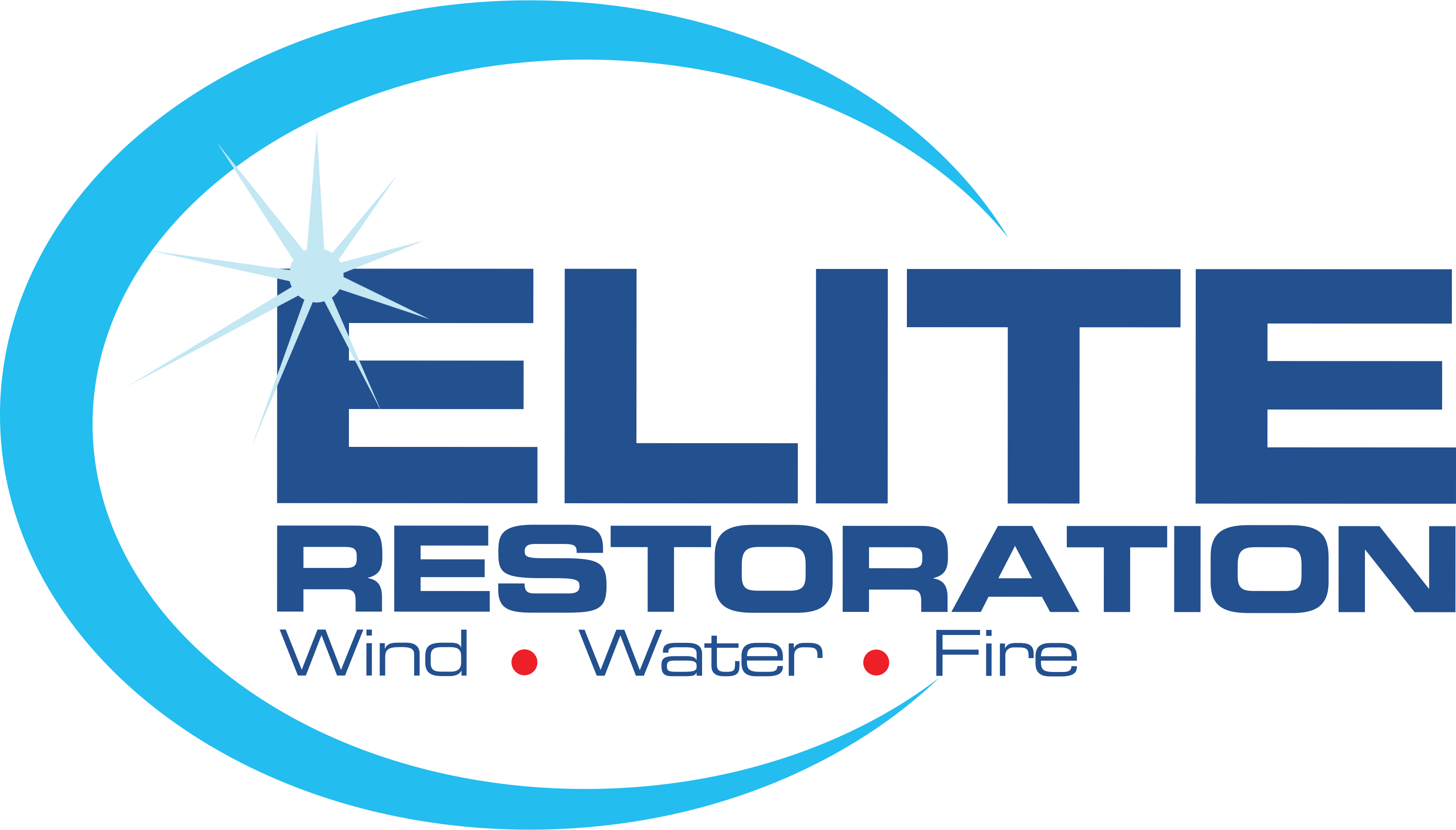How to Maintain Your Water Softener

You’ve probably heard of “hard water” and “soft water,” but what exactly are they? Hard water is water that contains high amounts of calcium, magnesium, or other minerals, which groundwater takes on by dissolving it from soil and rock. If your water is hard, it usually shows itself in scaly, scummy buildup in and on pipes, shower stalls, coffee makers, water heaters, sinks, and other areas. For example, have you ever had to “descale” your coffee maker? This process helps remove the hard water residue. Hard water also prevents soap from lathering, so it’s difficult to clean. Soft water, on the other hand is considerably “pure” water, with little to no mineral compounds.
Both hard and soft water are typically safe for human consumption, but you still want your home’s water to be on the softer side to prevent scummy residue from building up. This is where a water softener comes in!
A water softener is a tank that replaces the calcium and magnesium ions in hard water with sodium ions, which don’t cause build up or prevent soap from lathering. And don’t worry, you’re not drinking salt water. The amount is very small – less than 12 milligrams per every 8 ounces. This process happens when positive-charged sodium ions (which are bonded to small, negative-charged resin beads in the tank) switch places with the much stronger positive-charged calcium and magnesium ions as the water flows through.
Thankfully, water softeners are relatively low-maintenance, but this doesn’t mean that they don’t need a check-up or cleaning from time to time to ensure it’s working properly and to increase its lifespan.
Check salt levels regularly
Typically, the salt in your water softener should fill up half the tank and be at least 3 inches above the water. See your water softener’s manual for your tank’s specific requirements.
Use the correct kind of salt
Check your manual to know if your tank works best with granular, tablet, or block salt. (Granular dissolves the easiest and is the most common.) If possible, buy it in pellet form to prevent any clogging. There are also different grades of salt to choose from: Rock salt is the cheapest, but contains the most impurities (meaning the tank will need cleaning more often), solar salt is more pure than rock salt, and evaporated salt is both the best quality and the most expensive.
Break any salt bridges
Salt will often form a bridge-like layer in the brine tank that keeps the loose salt on top of the “bridge” from mixing with the water below, causing the water softener not to work properly. A quick and common fix for this is to simply take the handle of a long broom and break up the bridge. If it’s too solid to break with just the brook stick, pour some hot water over it to help loosen it before trying it again.
Get rid of any mush
Yes, mush. Salt can sometimes develop into a mushy pile at the bottom of the tank. This causes the water to go around the salt instead of mixing with it. Once again, a broom handle can help to break this up, but you can also scoop up the mushy pile, put it in a bucket of hot water to dissolve, and then pour it back into the tank. Waste not!
Get rid of domes
Sometimes the salt can build up into a dome or crust. This dome is a result of adding too much salt too often and can also make it appear that you have more salt than you actually do. Grab that trusty broom handle again, break up the dome or crust, and get rid of it if possible.
Clean the tank itself
Shut off the bypass valve (usually a rod that you push in) to prevent water intake. Then empty the tank by dumping it or siphoning the water and dump out the old salt. (You can throw it away, as you’ll be adding new salt later.) Some tanks have a mesh grid or platform (almost like a lid) that needs to be removed and set aside. Next, use plenty of dish soap mixed with 1-2 gallons of water to scrub out the tank. You can use a sponge or rag for this, but a long-handled cleaning brush will make it easier! Next, dump out the soapy water and rinse it out using a hose. While not necessary, you can also sanitize your tank by mixing ¼ cup of bleach with 2-3 gallons of water and pouring it into the tank. Stir it up and then let it sit for 15 minutes before rinsing it out again with the hose. Once the tank is rinsed well, replace the mesh grid and replenish the tank with both salt and water, waiting a few hours before turning the bypass valve back on so that the salt can dissolve properly.

